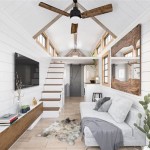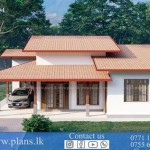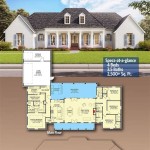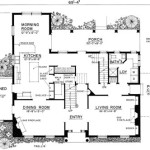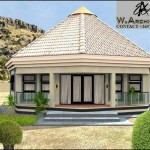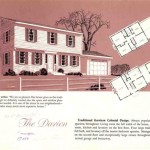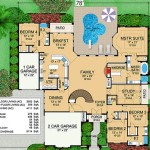Zero House Plans: A Comprehensive Guide to Sustainable and Energy-Efficient Homes
Zero house plans are becoming increasingly popular as people become more aware of the environmental and financial benefits of sustainable living. Zero houses are designed to consume minimal energy, which reduces greenhouse gas emissions and saves money on utility bills. In this article, we'll discuss the essential aspects of zero house plans, including design principles, construction materials, and the benefits of building a zero house.
Design Principles of Zero House Plans
Zero house plans prioritize energy efficiency through various design principles. These include:
- Passive solar design: Maximizes sunlight exposure to heat the house during winter and minimize solar heat gain during summer.
- Super insulation: Walls, ceilings, and floors are heavily insulated to reduce heat loss and gain.
- Air tightness: Sealing all gaps and cracks to prevent air leakage.
- High-performance windows and doors: Low-emissivity windows and insulated doors reduce heat transfer.
- Energy-efficient appliances: Appliances meet Energy Star standards to minimize energy consumption.
Construction Materials for Zero Houses
The materials used in zero house construction play a significant role in energy efficiency. Common materials include:
- Insulated concrete forms (ICFs): Concrete walls with insulating foam cores provide excellent thermal performance.
- Structural insulated panels (SIPs): Foam-core panels with exterior sheathing form strong and well-insulated walls.
- Straw bales: Natural and renewable material with exceptional insulation properties.
- Recycled materials: Using recycled materials reduces environmental impact and construction costs.
Benefits of Building a Zero House
Building a zero house offers numerous advantages, including:
- Reduced energy bills: Energy consumption is significantly reduced, leading to significant savings on utility costs.
- Environmental sustainability: Zero houses contribute to a cleaner environment by reducing greenhouse gas emissions.
- Increased comfort: Consistent temperatures throughout the house enhance occupant comfort.
- Improved air quality: Air-tight construction and ventilation systems improve indoor air quality.
- Higher resale value: Energy-efficient homes are in high demand, potentially increasing resale value.
Conclusion
Zero house plans offer a path to a sustainable and energy-conscious lifestyle. By incorporating energy-efficient design principles and utilizing innovative construction materials, zero houses minimize energy consumption, reduce environmental impact, and enhance the overall comfort and well-being of occupants. If you're considering building a new home, embracing a zero house plan is a wise investment that will benefit you, your family, and the environment for years to come.

Net Zero Home Design Popular Plans Energy

Zero Energy Two Natural Building Blog

Gallery Of Zero Energy House Lon Blaf Architecten 13 Sloping Lot Plan Floor Plans

16 Zero Energy House Plans Ideas Small

Zero Energy Four Plan

Positive Nrg Triplex Zero Energy Home Plans

Modern Prefabricated Homes Net Zero Ridgeline Deltec House Floor Plans Small Design Prefab

Zero Lot Contemporary 72028da Architectural Designs House Plans

Net Zero Ready House Plans Wright Jenkins Home

Zero Energy Home Plans


